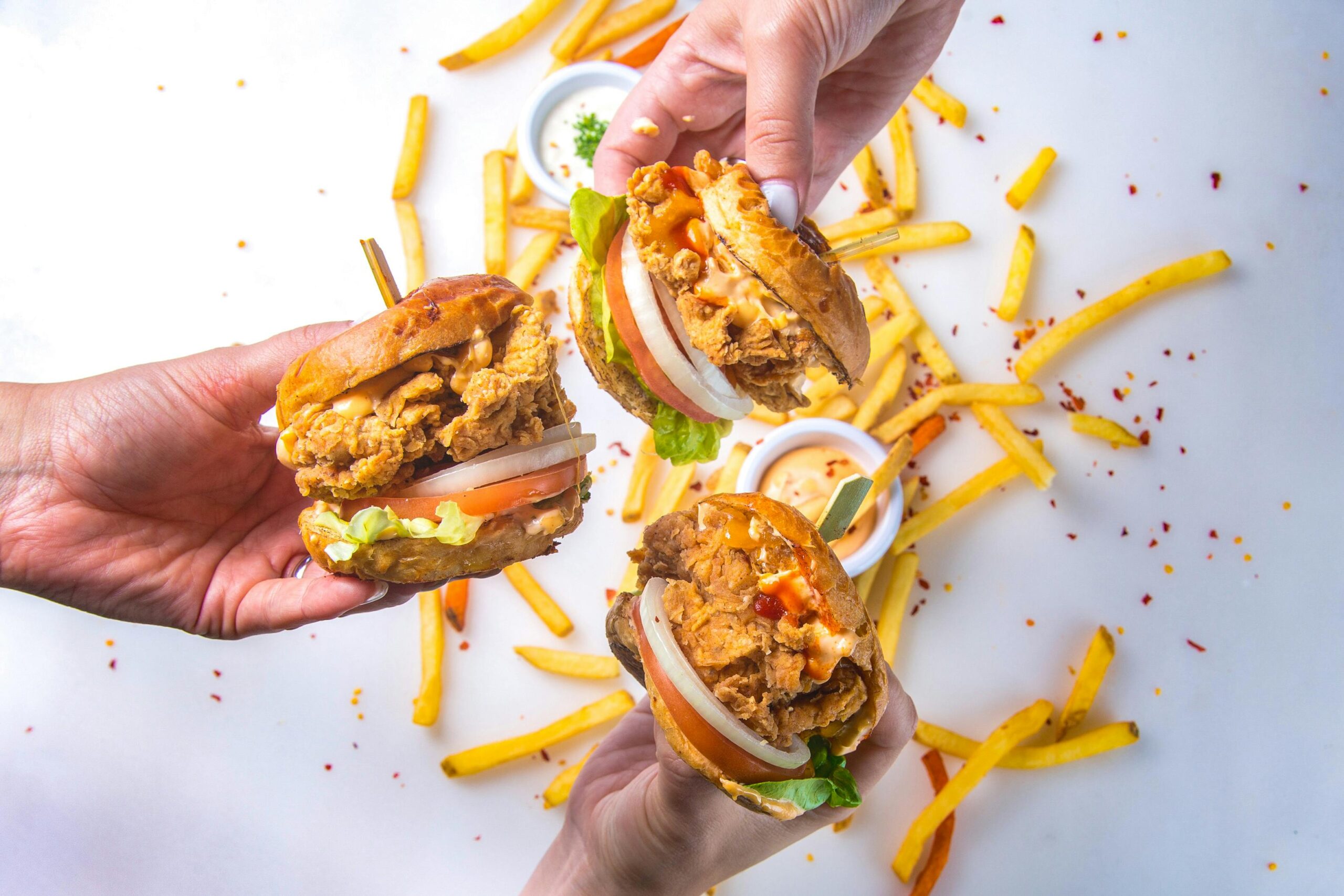By most accounts, it’s not a matter of if, but when.
The minimum wage appears to be headed towards $15 in much of the U.S., if not all, in the near future. And restaurant chains are bracing for that impact.
“Restaurants need to engineer for $20 per hour wages, because this $15 per hour mandate is the new floor, not the new ceiling,” said Dan Rowe, CEO of FranSmart and a board member with the National Restaurant Association, in a recent interview with The Food Institute.
A CEO’s PERSPECTIVE
In a recent McDonald’s investor call, CEO, Chris Kempczinski expressed optimism that the chain could handle wage increases. He also hoped that increases would be staged to lessen the initial impact on restaurants. Currently, 29 states have minimum wages over the federal minimum rate of $7.25 per hour, per the National Council of State Legislatures.
“So long as it’s done in a staged way and so long as it is done equitably across the entire market without any sort of carve-outs or special exemptions for people, then we do just fine,” Kempczinski said, according to a transcript of the call. “And we’re able to balance between judicious pricing on the menu as well as just thinking about productivity savings that we can manage through this.”
Two-thirds of Americans (67%) are in favor of raising the minimum wage to $15 an hour, according to a 2019 Pew Research Center survey, and President Joe Biden has indicated he plans to boost the federal minimum wage to $15 per hour by 2025.
THE ARGUMENT AGAINST
The National Restaurant Association recently released a statement arguing against raising the federal minimum wage during the COVID-19 pandemic, noting “our industry runs on a 3-5% pre-tax profit margin in a good year – during a pandemic is not the time to impose a triple-digit increase in labor costs.”
However, most in the industry agree: an increase to a $15 appears likely, whether it’s at the federal or state level. With that, restaurant operators are already preparing.
“It’s easy,” said FranSmart’s Rowe. “Do more volume with the same number of employees, or reduce the number of employees it takes to run these shifts [by] menu engineering, smaller restaurants, co–packing, etc.”












